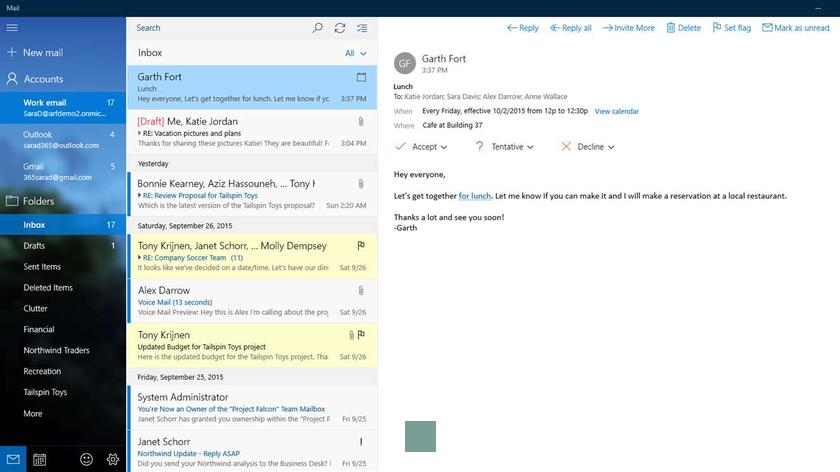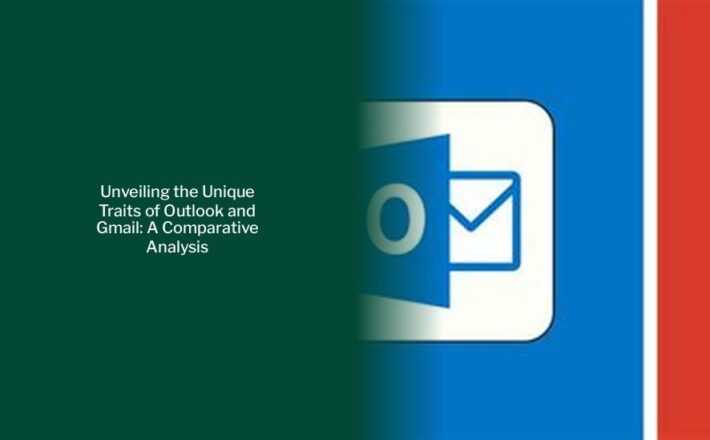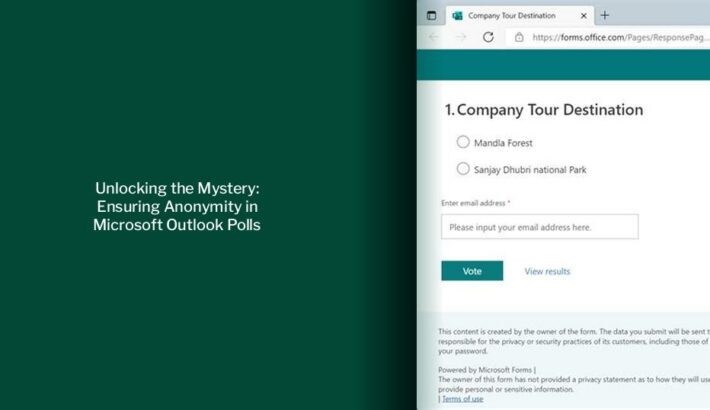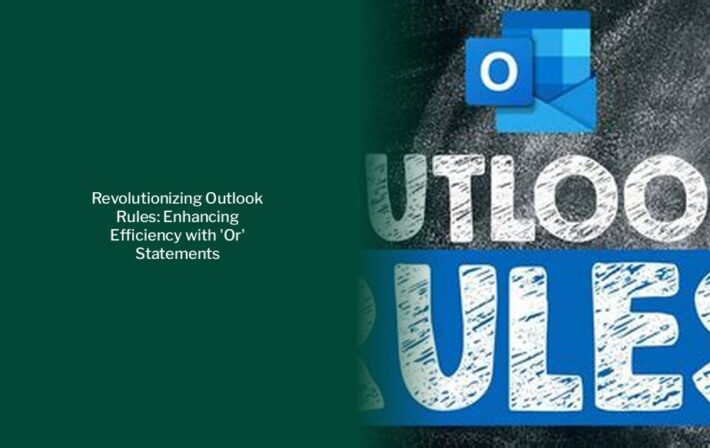Where Are Outlook Emails Stored Locally? Unveiling the Mystery Behind Email Location in Microsoft Outlook

Key takeaways :
- Microsoft Outlook stores emails in a PST (personal storage table) file on a user’s computer, usually located in the C: drive\Documents and Settings\username\local settings\application data\Microsoft\Outlook directory.
- Outlook can also store emails on an Exchange server or an Office 365 account, providing flexibility in email storage options.
- For Windows 10, the file location for Outlook Data Files is typically in drive:\Users\\Documents\Outlook Files, while for Windows 11, it is also in drive:\Users\\Documents\Outlook Files.
- To unhide folders and file name extensions in Windows, users can follow specific steps to ensure visibility of all necessary folders and file types.
- Microsoft Outlook, a part of the Microsoft Office suite, is a widely used email client for personal and business communication, offering powerful features and functionalities.
- OST files in Outlook are also stored in the same AppData location, regardless of the version of Outlook being used.
File Locations

The fastest way to open the folder where your Outlook Data Files (.pst and .ost) are saved is to do the following:
Read Also : Decoding the Differences: Microsoft Exchange vs. Outlook – Which One Suits You Best?
The options available are three days, one week, three weeks, one month, three months, six months, one year, two years, five years, and all. Note that the three days, one week, and two weeks options aren’t available in Office 2013 but are in later versions. Choose All if you want Outlook to download all of your mail to your computer, or choose the value that works best for you. If you can’t change the slider, your administrator may have deliberately set this value to prevent changes.

- Windows 10: drive:\Users\<username>\Documents\Outlook Files
- Windows 11: drive:\Users\<username>\Documents\Outlook Files
- Older versions of Windows: drive:\Documents and Settings\\Local Settings\Application Data\Microsoft\Outlook
How to Unhide Folders and File Name Extensions
Some folders might be hidden, and Windows might have file name extensions (such as .pst, .ost, .pab) turned off. To show hidden folders and file name extensions, follow these steps:
Read : Decoding Email Address Sensitivity: Insights for Gmail, Yahoo Mail, and Outlook Users
So read on to find out where Microsoft Outlook stores emails!
Short Answer
Microsoft Outlook stores emails in a PST (personal storage table) file on a user’s computer. These files are usually stored in the C: drive\Documents and Settings\username\local settings\application data\Microsoft\Outlook directory. Additionally, Outlook can store emails on an Exchange server or an Office 365 account.
What is Microsoft Outlook?
Microsoft Outlook is a powerful and popular email client developed by Microsoft. It is part of the Microsoft Office suite and is used by millions of people around the world for personal and business communication.
Outlook also stores all OST files in that same AppData location, regardless of the Outlook version you’re running. Starting with Outlook 2013, the location of PST files moved to the Documents folder. Outlook 2013 and 2016 now store PST files at the following location:
I’m asking this question because I got curious about an email I’m sending from the office with Outlook using the Delay delivery option. When I searched for that mail at home to modify it on Outlook, I couldn’t find it. Are emails stuck inside the Outbox folder (as is the case of a Delay delivery email) local to the machine where they were sent? And if possible, where are these mails stored physically (path to a file)? Besides, if these emails are stored locally, does it mean that Outlook in this case is using POP protocol instead of IMAP (where emails would be synchronized from a remote server)?
Also read Maximizing Outlook Categories: Ensuring Visibility and Efficiency in Email Communication
When you add an email account to Outlook, a local copy of your information is stored on your computer. This feature allows you to access your previously downloaded or synchronized email messages, calendar information, contacts, and tasks without an internet connection. Certain types of accounts, such as POP accounts, store their information in Outlook Data Files (.pst files). Outlook 365 accounts, Exchange accounts, IMAP accounts, and Outlook.com accounts store their information in Offline Outlook Data Files (.ost files).



